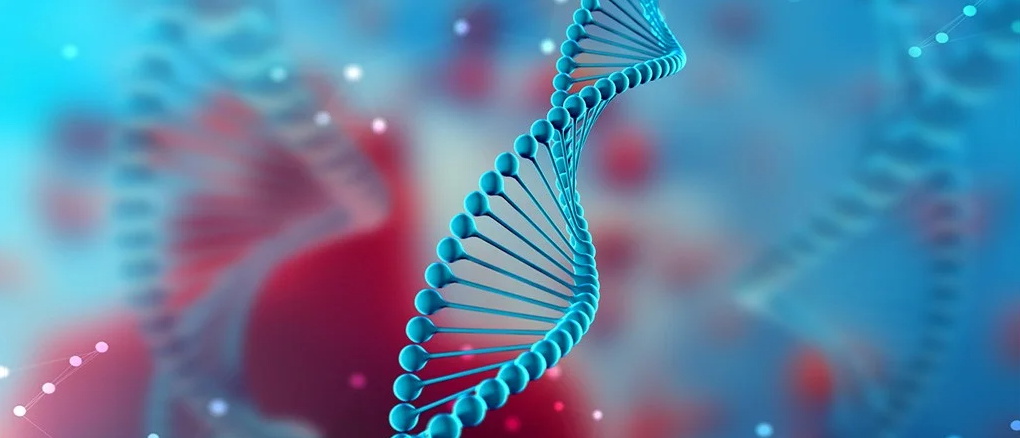The technical principle of real-time Q-PCR
What is the so-called real-time Q-PCR technology? It refers to the method of adding fluorescent genes into the PCR reaction system, using the accumulation of fluorescence signal to monitor the whole PCR process in real time, and finally conducting quantitative analysis on the unknown template through the standard curve.

The technical principle of real-time Q-PCR
Two important discoveries played a key role in the development of real-time technology:
(1) In the early 1990s, the discovery of the 5 'exonucase activity of TaqDNA polymerase, which degrades specific fluorescent probes, made it possible to detect PCR products indirectly.
(2) The subsequent use of fluorescent double-labeled probes enables real-time monitoring of the entire reaction process in a closed reaction tube. The combination of these two findings and the commercialization of corresponding instruments and reagents has led to the use of real-time Q-PCR in research work.
In the process of PCR reaction, the DNA copy number increases exponentially. With the increase of reaction cycle number, the PCR reaction eventually no longer generates template in an exponential manner, and thus enters a plateau stage. In traditional PCR, gel electrophoresis is commonly used to separate and fluorescence staining to detect the final PCR products, so the quantitative PCR products using this endpoint method is not reliable. In real-time Q-PCR, the whole AMPLIFICATION process of PCR reaction is monitored in real time and the fluorescence signal related to the amplification is analyzed continuously. With the progress of reaction time, the changes of the monitored fluorescence signal can be drawn into a curve.
In the early stage of PCR reaction, the level of fluorescence generation cannot be significantly different from the background, and then the fluorescence generation enters the exponential phase, linear phase and the final plateau phase. Therefore, the amount of PCR product can be detected at a point in the exponential phase of PCR reaction, and the initial content of template can be inferred from this. In order to facilitate the comparison of detected samples, during the exponential period of real-time Q-PCR reaction, a certain fluorescence signal domain value should be set first. Generally, this threshold takes the fluorescence signal of the first 15 cycles of PCR reaction as the fluorescence background signal baseline. The default value of the fluorescence domain is 10 times the standard deviation of the 3-15 cycles of the fluorescence signal. It can be used to define the domain cycle number (Ct) of the sample if a fluorescence signal detected beyond the domain value is considered to be a true signal. The meaning of Ct value is: the number of cycles through which the fluorescence signal in each reaction tube reaches the set domain value. The results show that the Ct value of each template has a linear relationship with the logarithm of the initial copy number of the template. The more the initial copy number, the smaller the Ct value. The standard curve can be made by using the standard sample with known initial copy number. Therefore, as long as the Ct value of the unknown sample is obtained, the initial copy number of the sample can be calculated from the standard curve.